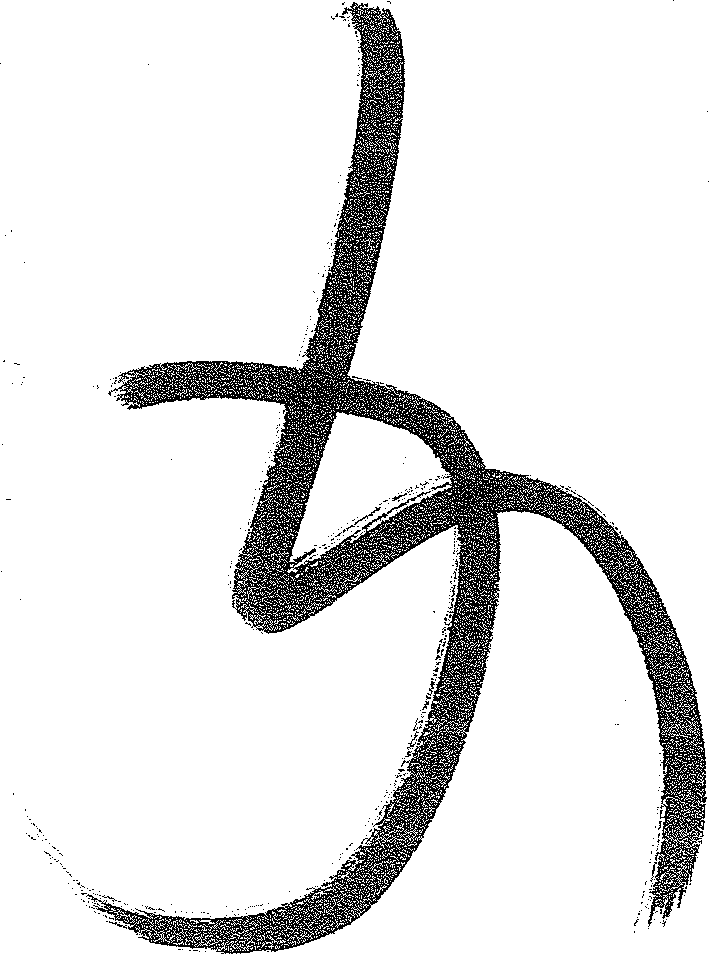Dimensions
It is certainly nonsense to ask for a biography, for a life's story, to touch all aspects of life. But it may be worthwhile to think about which dimensions of life appear in a normal biography, and which do not, and which images are reinforced by the selection.
Success and failure. Biographies are success stories. This is where my pieces were played, these are the awards I have won, these are the world-famous composers I have studied with, and these are the fellowships I gained. Biographies list these successes and of course not the failures. It may sound silly to even think that a biography could be about failures - which jury would want to know about what you did not get done?!? And yet, at least for an artist's life, this is like loosing one leg that may be as important for locomotion as the other leg. What have we tried that did not work artistically? Where did we want to go and have not been accepted? And how did we deal with those failures?
Pride and embarrassment. So, we recount what we are proud of, but not what we are embarrassed about. How should we, and who would be interested that? I am not on a jury to hear people's embarrassing stories. No - but is the opposite good? That everything unsuccessful needs to be masked, although it is part of the biography and of art? Is it good that we sell each other success stories?
Private and public. A biography is about public facts. Private items are sometimes found in formulaic expressions, like marriage or divorce. Could there be another way? That is not embarrassing or inappropriate? Not exhibitionistic, but also not pretending that the constant mutual permeation of the private and the public, which is so vital for art and life in general, does not exist?
De mortuis nihil nisi bene. Only say good things about the dead, we learned in our latin lessons. Sometimes it seems like we are writing our biographies about the dead.
